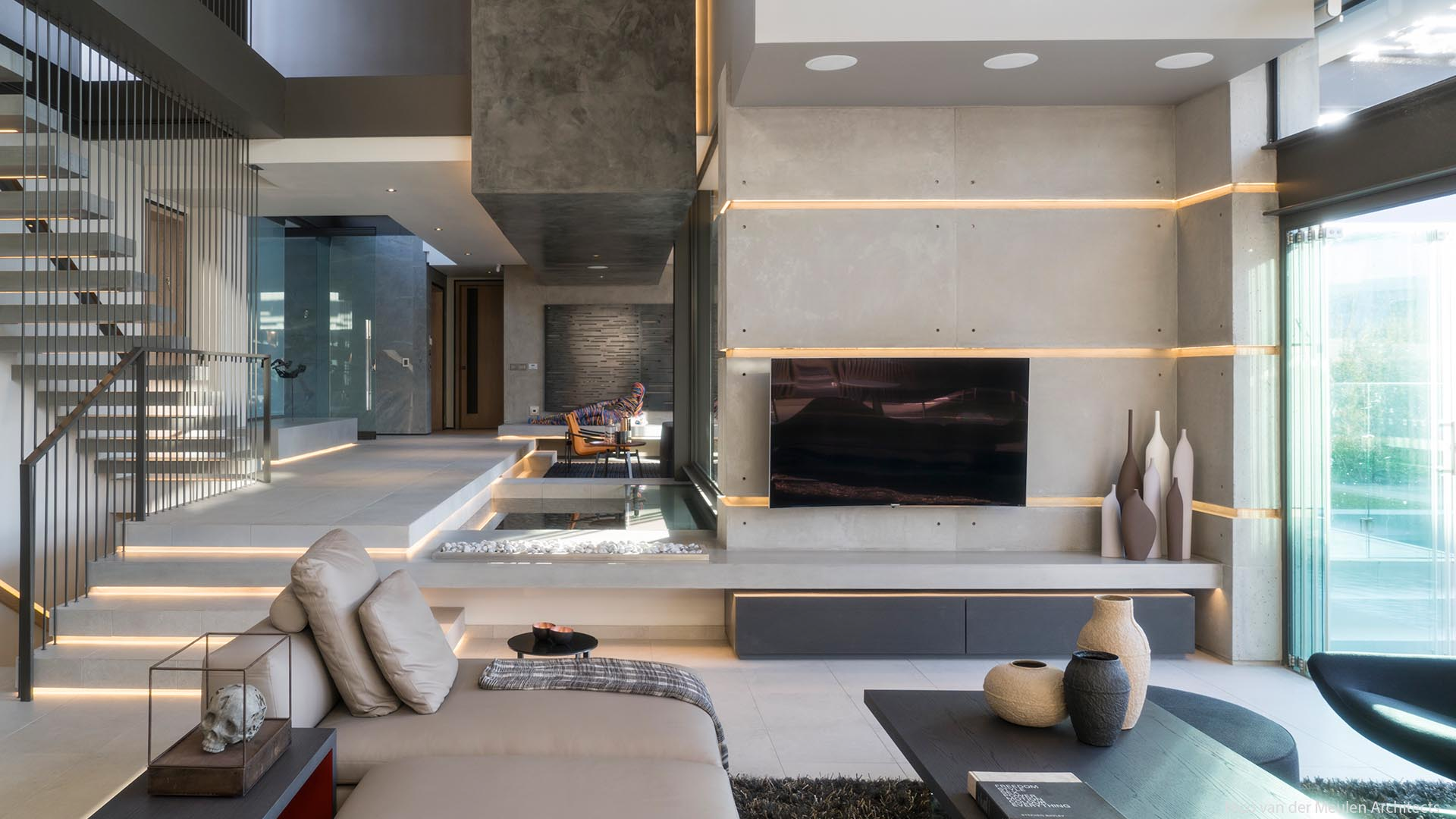Explore Expert Hampshire Architects for Your Next Project
Explore Expert Hampshire Architects for Your Next Project
Blog Article
Creating Your Dream Area: The Impact of Interior Design and Home Architect on Home Appearances
The magic of making a dream home exists not just in building prowess yet also in the delicate virtuosity of indoor design. These two self-controls link, with architecture providing the skeletal structure while indoor layout breathes life right into the space with color, structure, and furnishings option.
The Intersection of Interior Design and Style: Greater Than Meets the Eye
Although numerous people believe that indoor layout and design are two separate disciplines, a closer evaluation discloses a remarkable junction between the two. Style lays the structure, supplying the shell within which interior style runs. Interior layout plays a crucial duty in improving and completing a framework's building components, focusing on the selection and discussion of indoor products such as furnishings, components, and finishes.
Using the Power of Colors and Textures in Home Layout
While the structure of a home might be the canvas, it is eventually using colors and structures within indoor design that brings the vision to life. The critical application of shades can set the state of mind, develop harmony, and even influence the perceived size of a room. Neutral tones lend a feeling of calm and spaciousness, while bold shades can draw and invigorate emphasis. Structures play a crucial duty in including depth and character to an area. Harsh structures, like raw wood or brick, offer rustic charm, while smooth surface areas, like marble, radiate elegance. By understanding the mental impact of shades and responsive allure of appearances, one can efficiently transform a residence right into a visually engaging and emotionally engaging home.

The Function of Furniture in Defining Room and Lifestyle
Furniture serves as a specifying component in indoor design, affecting both room and lifestyle. The option of furniture can substantially affect the understanding of room, with bigger pieces producing an impression of majesty, while smaller, minimalist layouts can make an area appear sizable. Thus, furnishings option plays an essential role in personalizing and defining area, with each piece serving as a testament to the home owner's special identity.

Architectural Factors To Consider for Personalized Spaces
Beyond the prominent function of furnishings, building factors to consider also play a crucial part in personalizing spaces. The design, layout, and structure of a home can dramatically affect its total aesthetic, capability, and the over here residents' convenience. Understanding the home's architectural facets, such as the size and form of spaces, the placement of doors and home windows, and the kind of materials made use of, can aid one tailor their room to their lifestyle and preferences. Furthermore, architectural components like arches, stairways, columns, and fire places can serve as the prime focus of a room. Stabilizing these building information with ideal furniture, color pattern, and lighting can create a individualized and harmonious setting. Style, therefore, is a key variable in making one's desire room.
The Emotional Influence of Aesthetically Pleasing Spaces
The impact of visually pleasing spaces on human psychology is extensive. These atmospheres not just attract the senses yet likewise add to a person's overall wellness. They can boost imagination, induce leisure, and even affect mood. Colors, patterns, and textures can evoke psychological reactions, while the layout and lights can impact habits and communications. A well-designed area, with its careful equilibrium of appearances and performance, can cultivate a sense of harmony, advertising positivity and productivity. On the other hand, poorly developed rooms can engender feelings of pain or anxiety. Interior style and style are not just about developing aesthetically enticing rooms, yet also regarding cultivating atmospheres that enhance mental health and wellness and satisfaction.

Conclusion
To conclude, developing your dream area is a nuanced procedure that balances the architectural components of architecture with the visual options of interior decoration. By thoroughly selecting colors, structures, and furnishings, you can craft spaces that not just look stunning yet additionally functionally serve your way of living. Eventually, the effective combination of these techniques promotes health and wellbeing, stimulates creative thinking, and fosters a sense of individuality within the home.
Designing Your Dream Area: The Impact of Interior Design and Home Designer on Home Visual Appeals Countryside Homes interior design.
The why not try this out magic of developing a dream home exists not only in architectural great post to read prowess however likewise in the fragile creativity of interior design. These two techniques intertwine, with architecture offering the skeletal framework while interior layout breathes life into the room with appearance, furniture, and shade choice.Furniture offers as a specifying aspect in interior style, affecting both room and way of life.In verdict, developing your dream area is a nuanced process that stabilizes the structural aspects of design with the aesthetic selections of indoor design.
Report this page